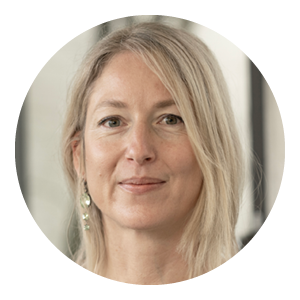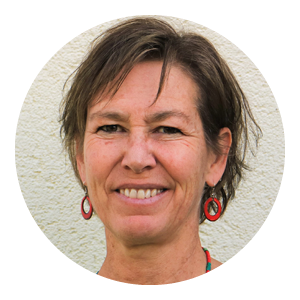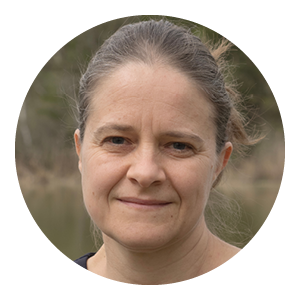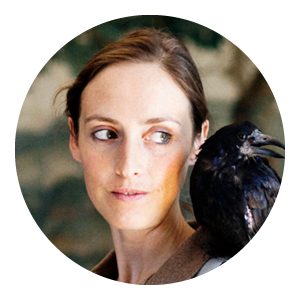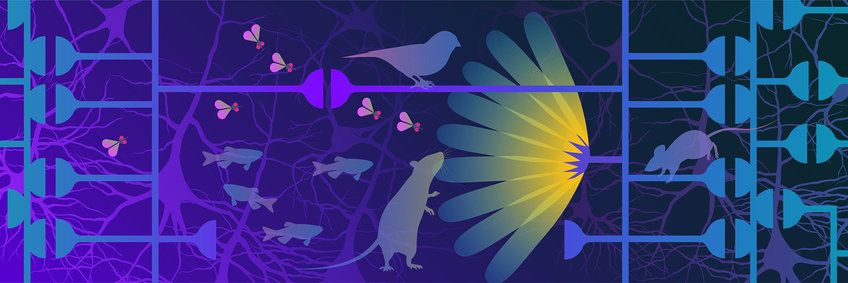
Senses, Perception and Communication
Senses are the key to perceiving the environment. Perception, however, is a complicated process that involves many steps from stimulus to interpretation. We want to understand how different sensory impressions arise and how they lead to certain behaviors. Senses and perception also play an important role when animals communicate. We therefore investigate the connections between senses, perception and communication that constitute an important part of biological intelligence.
From stimulus to behavior
How do sensory stimuli reach the brain and how are they processed there? We study these questions on the level of individual cells, neuronal circuits or entire brain areas. One example is the visual process: we explore how the visual center works and how individual brain cells are interconnected. This helps us to better understand how animals perceive movements and how perception ultimately results in specific behaviors such as the landing approach of a fly, the prey-catching behavior of a fish or the spatial orientation of a mouse.
Dialects of birdsong
Birdsong is an interesting topic that allows us to investigate different aspects of communication: for example, how birds learn individualized song syllables or how they adapt the volume and frequency of their song to rivals and the environment. An interesting result of our research is the finding that zebra finch populations have different dialects that play an important role in mate choice.
Recent research on this topic:
Departments and groups working in this area:








